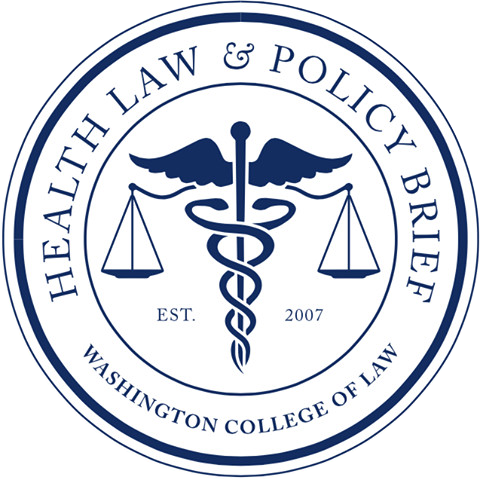In the aftermath of the Supreme Court decision striking down the federal right to abortion in Dobbs v. Jackson Women’s Health Organization states have rapidly formulated new legislation to restrict access to abortion. This includes laws seeking to criminalize individuals who assist pregnant people in traveling out of state to receive abortions. Today, almost half of all U.S. states have worked to make it more difficult to get an abortion; this is despite the growth in the number of abortions, rising 11% from 2020. This increase makes sense when factoring in the number of people crossing state lines for abortion services, doubling from 81,000 in 2020 to 171,000 in 2023. Even Justice Brett Kavanaugh wrote in the Dobbs decision that states may not legally prevent citizens from crossing state lines for abortion care, citing his belief in the constitutional right to interstate travel.
This explicit interpretation has not stopped states like Idaho, Alabama, and Tennessee from complicating the process of traveling for an abortion. In 2023, Idaho became the first state to ban so-called “abortion trafficking,” which it defines as the “recruiting, harboring, or transporting” of a pregnant minor for the purpose of seeking abortion care without parental permission. In May 2024, Tennessee enacted a similar law, and Alabama followed suit soon after. Abortion rights leaders have been quick to file lawsuits in Alabama, Idaho, and Tennessee, on the basis that the laws are “vague and violate constitutional rights to free speech and travel between states.” Supporters of the laws maintain that they have a key interest in protecting parental rights, preventing other adults from persuading young people to make life-changing decisions. Critics of the law, however, worry about the long-term impacts of “allow[ing] prosecutors to project power across state lines.”
The Idaho law was successfully passed, but without the “recruiting” clause, which was blocked by the 9th US Circuit Court of Appeals. Furthermore, a court in Tennessee blocked enforcement of their abortion ban, but only in situations of certain approved emergencies. Alabama is the latest in this trend, U.S. District Judge Myron Thompson in Montgomery, Alabama ruled that “the state cannot interfere with the basic constitutional right to travel, and that prosecuting doctors or organizations for helping patients would violate their right to free speech under the First Amendment of the U.S. Constitution.” This presents a win for the fight for reproductive justice in America.
Despite the overruling of the federal right to abortion in 2022, abortion rights activists are working to prove that laws restricting access to abortion care across state lines present clear violations of the constitutional right to interstate travel and a violation of the First Amendment right to free speech. But for now, only three out of fifty states have enacted this brand of legislation and only time will tell how other states may react.
